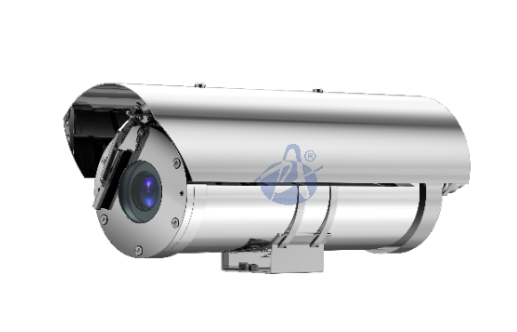What Sets High-Temperature Resistant Cameras Apart: Applications and Advancements
In environments where extreme temperatures are a challenge, technology has advanced to provide innovative solutions that can withstand such conditions. The high-temperature resistant camera is a prime example of this innovation, offering the ability to capture critical visuals in environments where standard cameras would fail. This article delves into the characteristics, applications, and advancements of high-temperature resistant cameras, uncovering their vital role in various industries.

Understanding High-Temperature Resistant Cameras
High-temperature resistant cameras are specialized imaging devices designed to operate flawlessly in environments with exceptionally high temperatures, often exceeding those that traditional cameras can endure. These cameras are engineered with materials and components that can withstand extreme heat without compromising performance or image quality.
How High-Temperature Resistant Cameras Function
Robust Materials: These cameras are constructed using materials that can endure high temperatures without deforming or degrading, ensuring they remain functional even in intense heat.
Thermal Management: High-temperature resistant cameras incorporate advanced thermal management systems to dissipate heat effectively and prevent overheating of internal components.
Sealing and Encapsulation: To protect the delicate internal electronics from extreme heat, these cameras are often sealed and encapsulated to create a barrier against the harsh environment.
Applications of High-Temperature Resistant Cameras
Industrial Processes: High-temperature resistant cameras are employed in industrial settings like foundries, glass manufacturing, and metal forging, where monitoring and quality control are essential but the environment is hostile to standard equipment.
Energy and Power Generation: They find use in power plants, nuclear facilities, and oil refineries, where equipment inspection and maintenance often require cameras capable of withstanding high temperatures.
Firefighting and Emergency Response: These cameras are integrated into firefighting equipment, allowing firefighters to navigate through smoke and flames while assessing situations in real-time.
Aerospace and Defense: In aerospace and defense applications, high-temperature resistant cameras are utilized for surveillance, missile tracking, and monitoring aircraft engines.
Advancements in High-Temperature Resistant Cameras
Higher Temperature Tolerance: Ongoing advancements have led to cameras capable of withstanding even more extreme temperatures, expanding their utility in a broader range of environments.
Improved Image Quality: Engineers are constantly working to enhance image quality under challenging conditions, enabling clearer visualization in high-temperature settings.
Miniaturization: Advancements have also allowed for the miniaturization of these cameras, enabling their integration into smaller equipment and devices.
Wireless Connectivity: Some high-temperature resistant cameras are now equipped with wireless connectivity, enabling real-time data transmission and remote monitoring.
Selecting the Right Camera for the Job
Temperature Range: Consider the specific temperature range of the environment in which the camera will be used and ensure the camera's specifications align with those conditions.
Image Quality: Assess the camera's image quality and resolution to ensure it meets your requirements for accurate visual assessment.
Durability and Certification: Look for cameras that have been certified for high-temperature resistance by relevant standards organizations, ensuring their reliability and safety.
High-temperature resistant cameras represent a remarkable fusion of engineering and innovation, addressing the challenges posed by extreme heat in various industries. As technology continues to advance, these cameras are becoming more versatile, rugged, and reliable, enabling professionals to capture critical visuals in environments that were once considered inaccessible. From industrial processes to emergency response, the impact of high-temperature resistant cameras reverberates across industries, proving their significance in visualizing the unseen in the face of extreme conditions.




